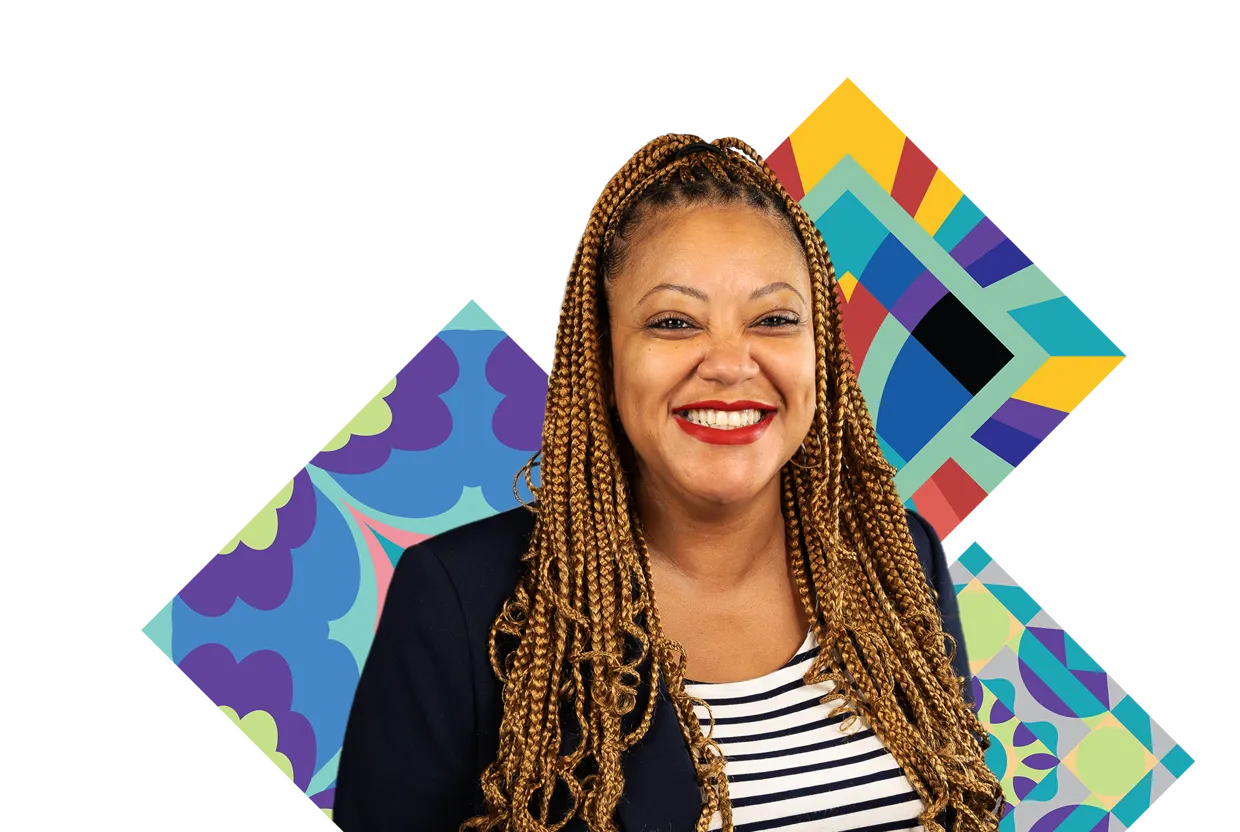

Explore the library of resources
Information and tools for caregivers
As a caregiver, you fill a crucial role. But we know it’s just as important to make sure you have what you need.
We’ve included links to helpful apps, interesting articles, and even a podcast. These resources cover a range of topics that come from the SCD and rare disease communities. We hope they help you when you need information or inspiration.
Your Warrior's healthcare provider should always be your primary source of medical information for SCD.

